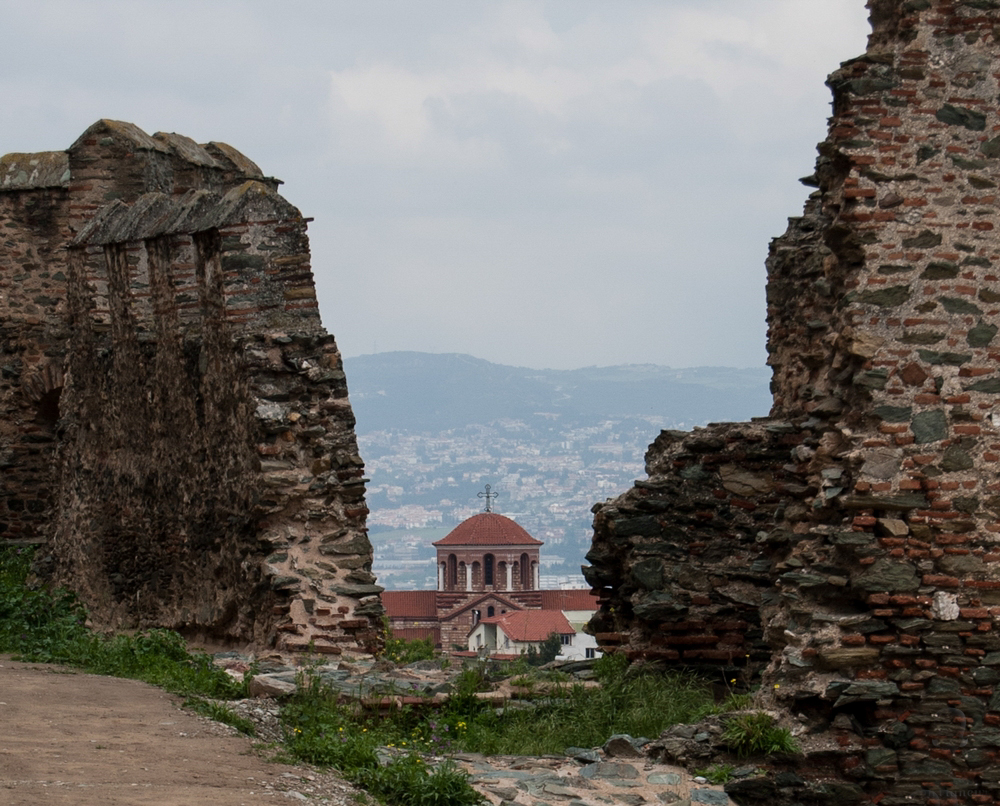Heptapyrgion (Yedi Kule)
Heptapyrgion is a polygonal fortress, which consists of ten towers.
Location
Timeline
Modern and Contemporary era (1912 - )
1989 Heptapyrgion stops operating as a prison.
Ottoman era (1453- 1912)
1431 The fortress was occupied by Sultan Murad II.
1890 Converted into a prison during this decade.
Byzantine era (331 AC- 1453)
During the mid-Byzantine period, 5 towers were built as part of the walls and in the 12th century, another 5 were added. During the Palaeologos dynasty, the fortress was completed and reinforced.
















Share